Asteroid collision: All about the mysterious NASA Cubesat satellite that took crash photos
A NASA cubesat satellite called LICIACube played an incredibly important role in the DART mission. Know all about this mysterious tech marvel.

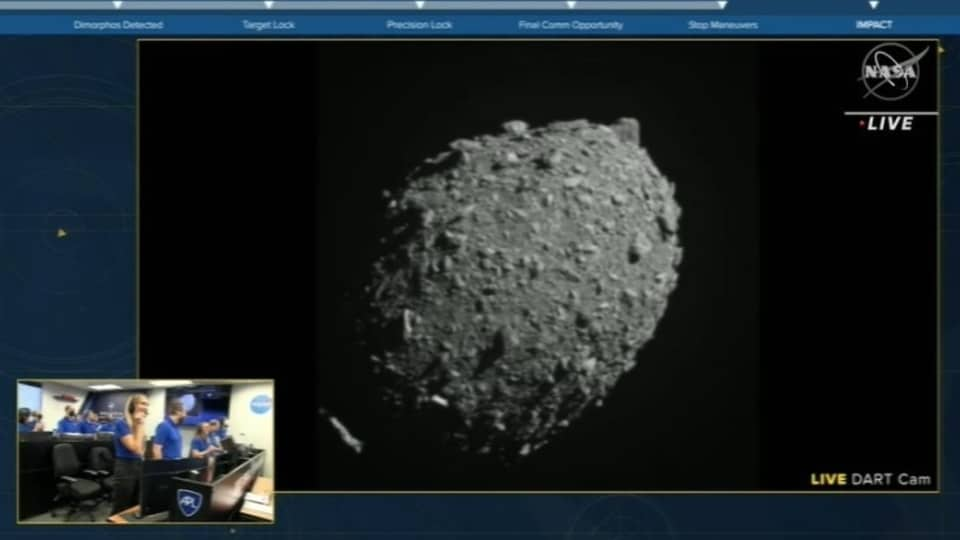
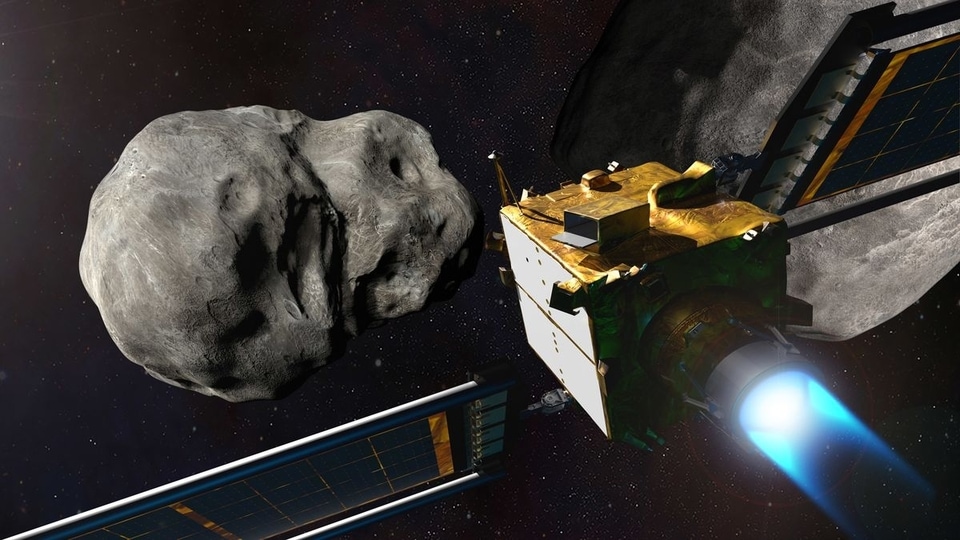
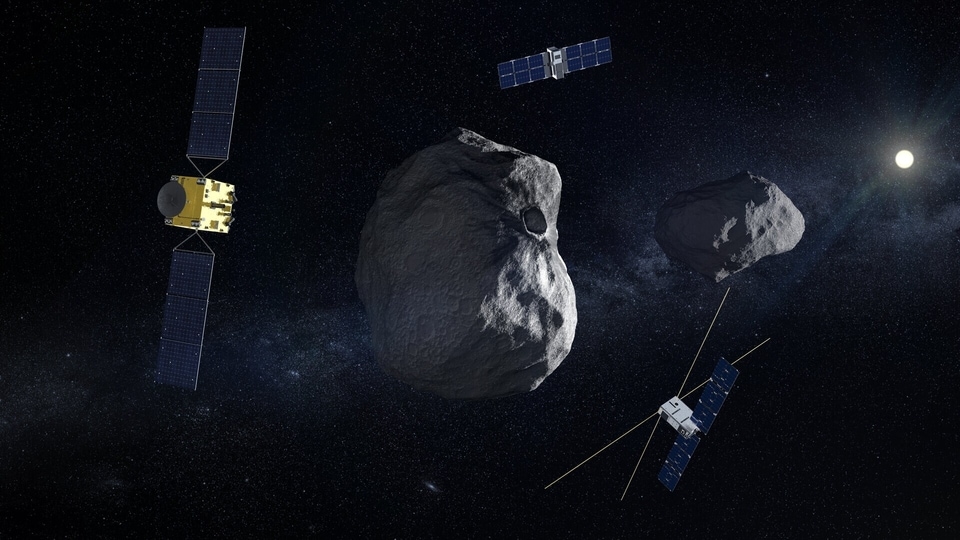
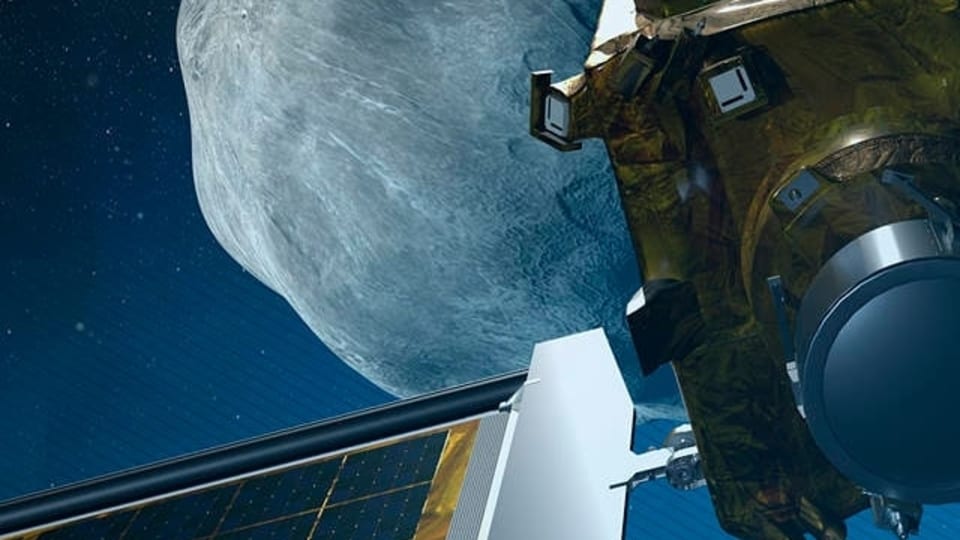
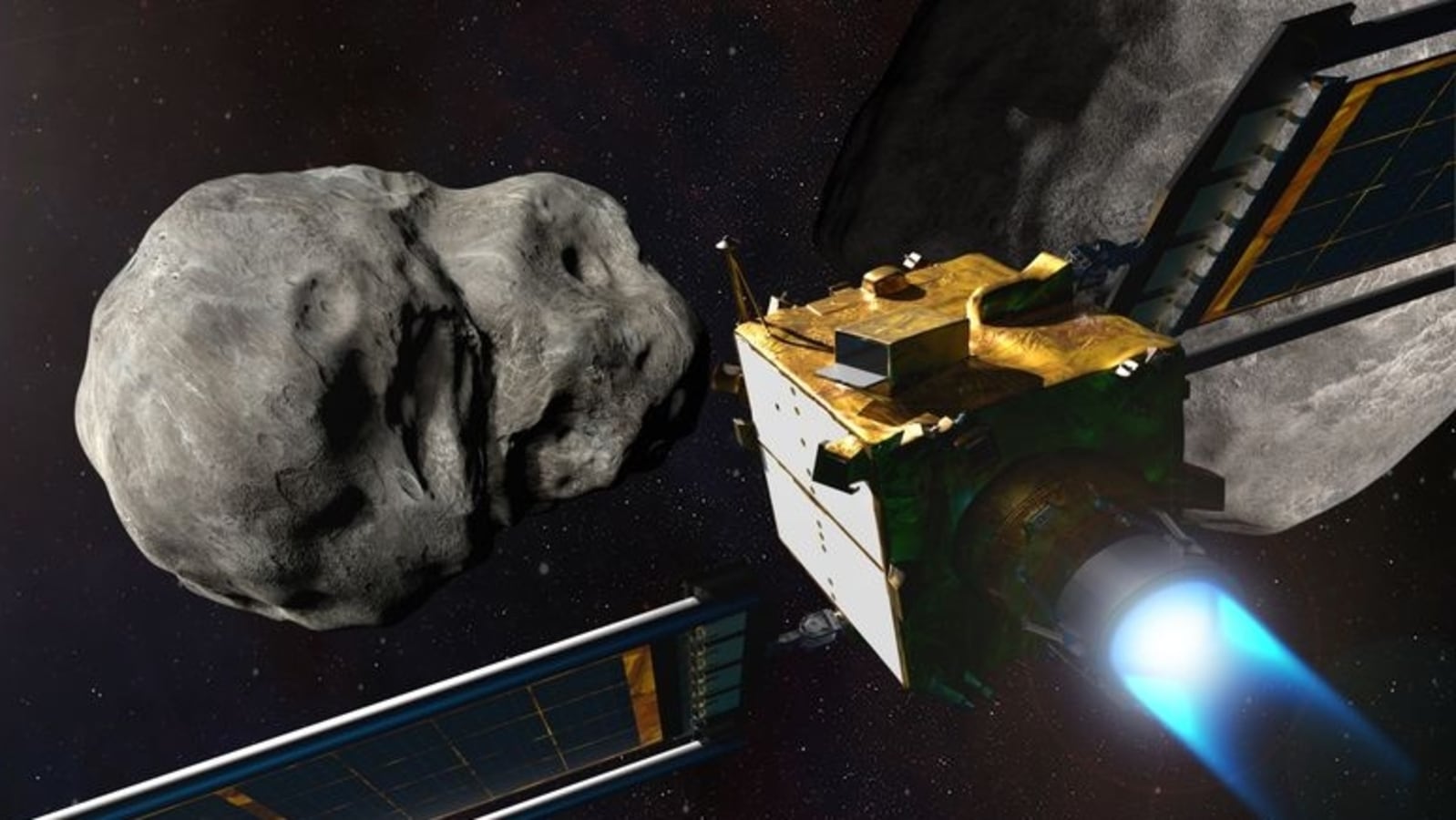
 View all Images
View all ImagesEver since the successful conclusion to the NASA DART mission where a spacecraft smashed into the asteroid Dimorphos, much has been said about how this effort could be the first real step towards developing a practical planetary defense mechanism against rogue asteroids, and for all the right reasons. But while a majority of the attention is going towards the hero of the mission, the spacecraft called the DART Impactor, not much attention is being given to the NASA Cubesat satellite which performed the all important task of taking photos of the crash. Known as the LICIACube, this tiny tech marvel has played a bigger role in this mission than you realize. Read on to find out.
LICIACube or Light Italian Cubesat for Imaging Asteroids was the trusted sidekick of the DART impactor and was launched from the Earth along with it. The cubesat was given an important task of taking images up to the impact and then to fly away and click images of the debris left by the collision. The cubesat was capable of taking and sending images just three minutes after the impact. For this, the spacecraft ejected the cubesat minutes before the impact. So let us see what makes this possible is its cool tech stack.
The role of the LICIACube in DART mission
The cubesat was equipped with two cameras, an X-band communication system, and an advanced on-board computer. Among the two cameras, one is a monochrome camera with a narrow field of view (FOV) of 2.06 degrees. It is called LEIA (LICIACube Explorer Imaging for Asteroid). The other camera is called LUKE (LICIACube Unit Key Explorer) which contains a wide 5° FoV imager with an RGB Bayer pattern infrared filter.
These two cameras together can take comprehensive images to provide NASA with the essential information regarding the crash. The camera has been designed to take an image every six seconds till the impact. And afterwards during its flyby of the asteroid, it was tasked with taking three high resolution images focusing on the asteroid, the impact and the debris left behind.
Interestingly, during its flyby, the LICIACube will also visit the other side of the asteroid and take images, something the NASA DART Impactor was never able to see. After its flyby, it will spend a few weeks sending this data to Earth and depending on how much propellent is left within it, it might do another flyby of the asteroid.
Most importantly, the data that this CubeSat sends back to NASA will go a long way in indicating whether the DART mission was a success beyond the impact itself.
Catch all the Latest Tech News, Mobile News, Laptop News, Gaming news, Wearables News , How To News, also keep up with us on Whatsapp channel,Twitter, Facebook, Google News, and Instagram. For our latest videos, subscribe to our YouTube channel.





























